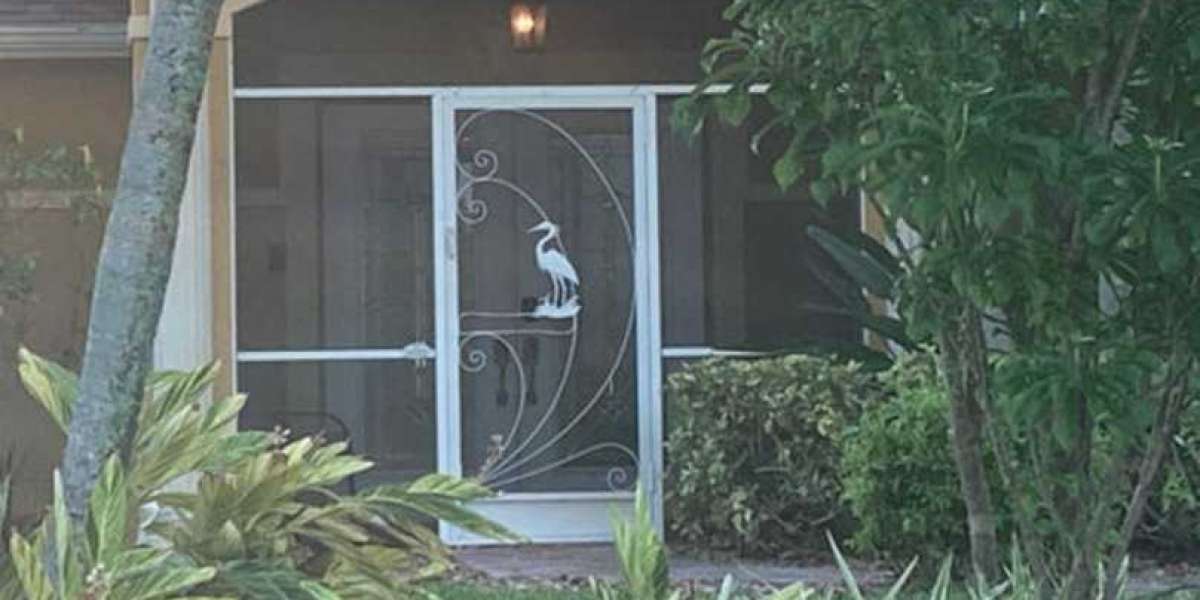Flat screen spline sizes play a crucial role in the world of screen installations, influencing the stability, durability, and overall performance of the screen. Whether you are a DIY enthusiast or a professional installer, having a solid understanding of spline sizes is essential for ensuring a successful and long-lasting screen installation. In this comprehensive guide, we will delve into the intricacies of flat screen spline sizes, exploring their significance, variations, and the factors to consider when choosing the right size for your project.
I. The Basics of Flat Screen Spline:
To begin, let's establish a fundamental understanding of what flat screen spline is and why it is integral to the installation process. Spline is a flexible, rubber-like material that is used to secure and hold the screen material in place within the frame. It is typically a long, narrow strip that fits into a groove along the edges of the frame, creating tension and ensuring a tight fit of the screen material.
II. Significance of Spline Sizes:
The size of the spline directly impacts the tension applied to the screen material. Choosing the correct spline size is crucial for achieving the right balance between tightness and flexibility. A spline that is too large may not fit into the groove, while one that is too small might not provide sufficient tension, leading to sagging or loose screens. Achieving the optimal tension is vital for the overall effectiveness and longevity of the screen installation.
III. Common Spline Sizes:
Flat screen spline sizes can vary, and understanding the common options available in the market is essential for making informed decisions. The most prevalent spline sizes include 0.125 inches, 0.140 inches, and 0.160 inches. Each size corresponds to different applications, and choosing the right one depends on factors such as the frame material, screen material, and environmental conditions.
IV. Factors Influencing Spline Size Selection:
Frame Material:
The material of the frame is a critical factor in determining the appropriate spline size. Frames made of wood, aluminum, or vinyl may have different groove dimensions, requiring corresponding spline sizes for a snug fit.
Screen Material:
The type of screen material being used also influences spline size selection. For instance, heavy-duty screen materials may require a larger spline size to ensure adequate tension, while more flexible materials may perform better with a smaller spline.
Environmental Conditions:
Consideration of the installation location is vital. Areas with high wind exposure may necessitate a larger spline size to prevent the screen from being easily dislodged. Understanding the environmental conditions will help in choosing a spline that can withstand external pressures.
Installation Experience:
The installer's level of experience is another factor. Beginners may find it easier to work with medium-sized spline, while professionals may opt for larger spline sizes for specific applications.
V. Installation Tips for Different Spline Sizes:
Small Spline (0.125 inches):
Ideal for lightweight screens or screens with more delicate materials. Provides a secure fit without overstretching the screen material.
Medium Spline (0.140 inches):
A versatile option suitable for a wide range of screen materials and frame types. Strikes a balance between tension and flexibility.
Large Spline (0.160 inches):
Recommended for heavy-duty screens or installations in areas prone to high wind or external pressures. Provides maximum tension and stability.
VI. Troubleshooting Common Spline Issues:
Even with careful selection, issues may arise during or after installation. Common problems include spline popping out, uneven tension, or difficulty in inserting the spline into the groove. This section will provide practical solutions and troubleshooting tips for addressing these issues, ensuring a successful installation.
VII. Conclusion:
In conclusion, understanding flat screen spline sizes is pivotal for anyone involved in screen installations. From selecting the right size based on the frame material, screen material, and environmental conditions to troubleshooting common issues, a comprehensive knowledge of spline sizes will contribute to the success and longevity of screen installations. As technology continues to evolve, staying informed about the latest developments in spline materials and sizes will be crucial for keeping pace with advancements in the field of screen installations.








